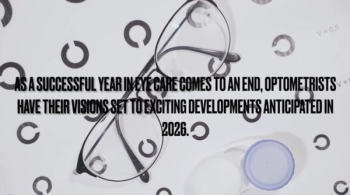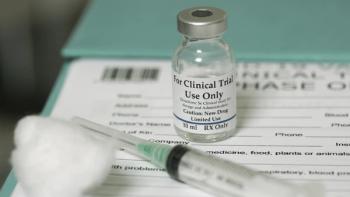
Diabetic eye diseases projected to increase
According to the National Eye Institute (NEI), 7.7 million people age 40 and older have diabetic retinopathy, and this number is projected to increase to approximately 11 million people by 2030.
Bethesda, MD-According to the
Today,
While all people with diabetes can develop diabetic eye disease, African Americans, American Indians/Alaska Natives, and Hispanics/Latinos with diabetes are at higher risk of losing vision or going blind from it. All people with diabetes should have a dilated eye exam at least once a year to detect vision problems early.
“In fact, with early detection, timely treatment, and appropriate follow-up care, people with diabetic retinopathy can reduce their risk of severe vision loss by 95 percent,” adds Suber Huang, MD, MBA, chair of the Diabetic Eye Disease Subcommittee for the NEI’s National Eye Health Education Program.
Remind your patients that research has shown that when people with diabetes maintain good control of blood sugar, blood pressure, and cholesterol, they can slow the development and progression of diabetic eye disease. In addition to having a comprehensive dilated eye exam at least once a year, people with diabetes should do the following to keep their health on TRACK:
• Take your medications.
• Reach and maintain a healthy weight.
• Add physical activity to your daily routine.
• Control your blood sugar, blood pressure, and cholesterol.
• Kick the smoking habit.
Newsletter
Want more insights like this? Subscribe to Optometry Times and get clinical pearls and practice tips delivered straight to your inbox.













































.png)


